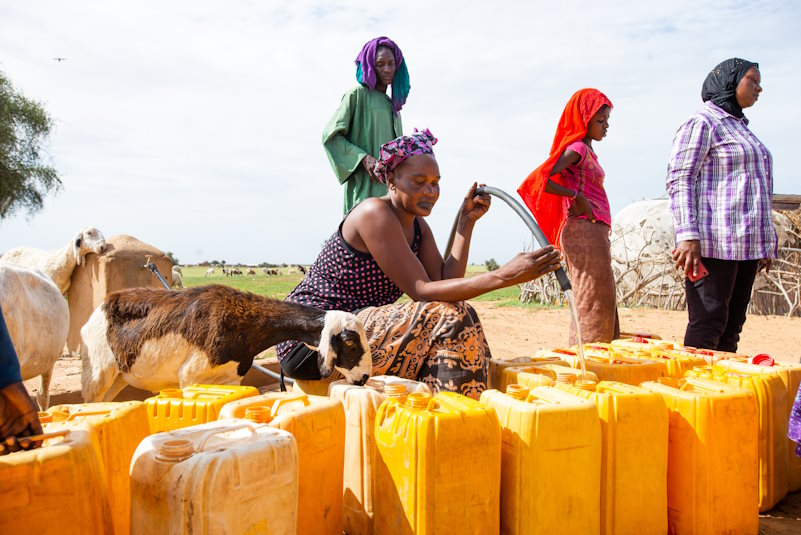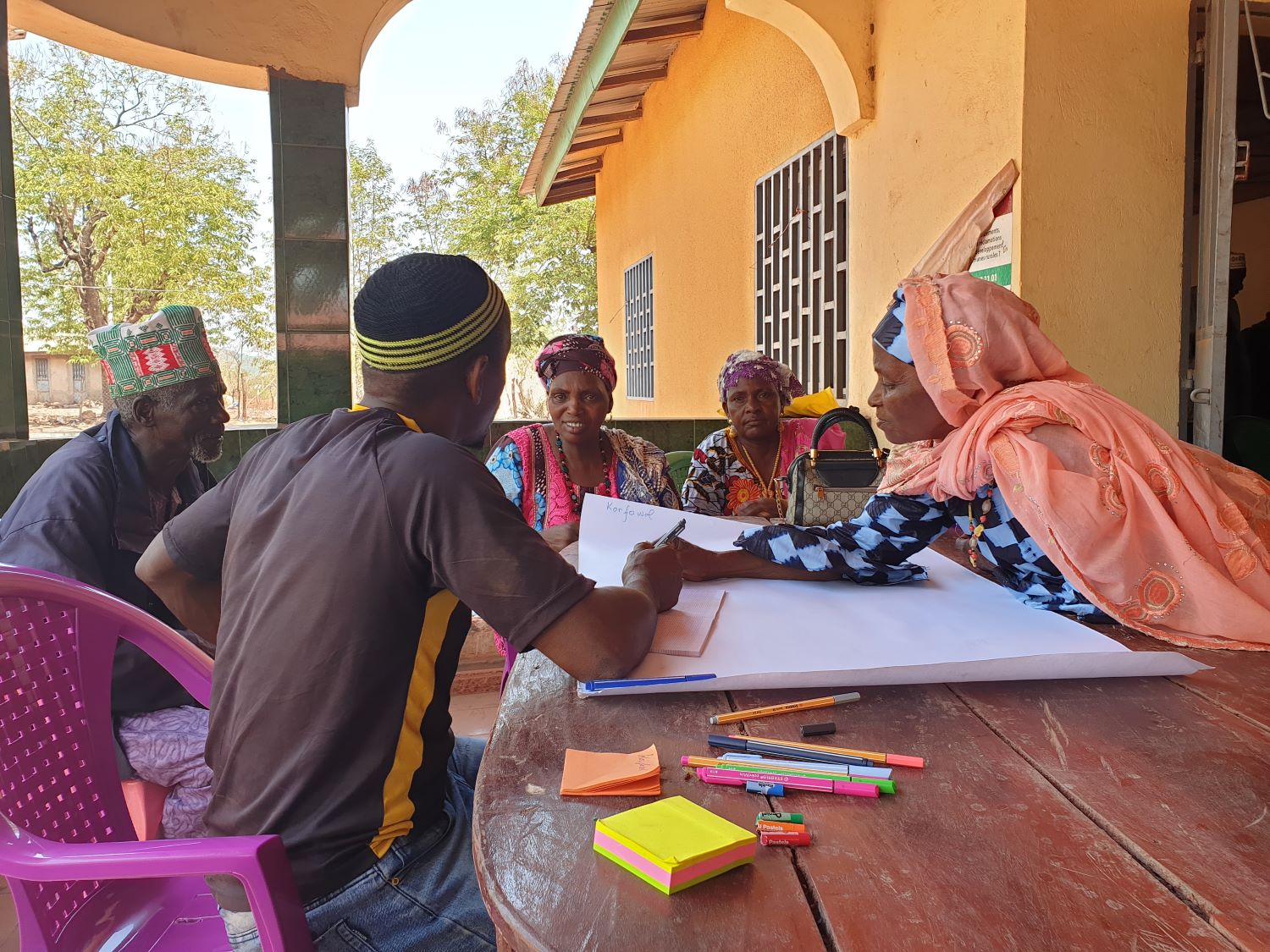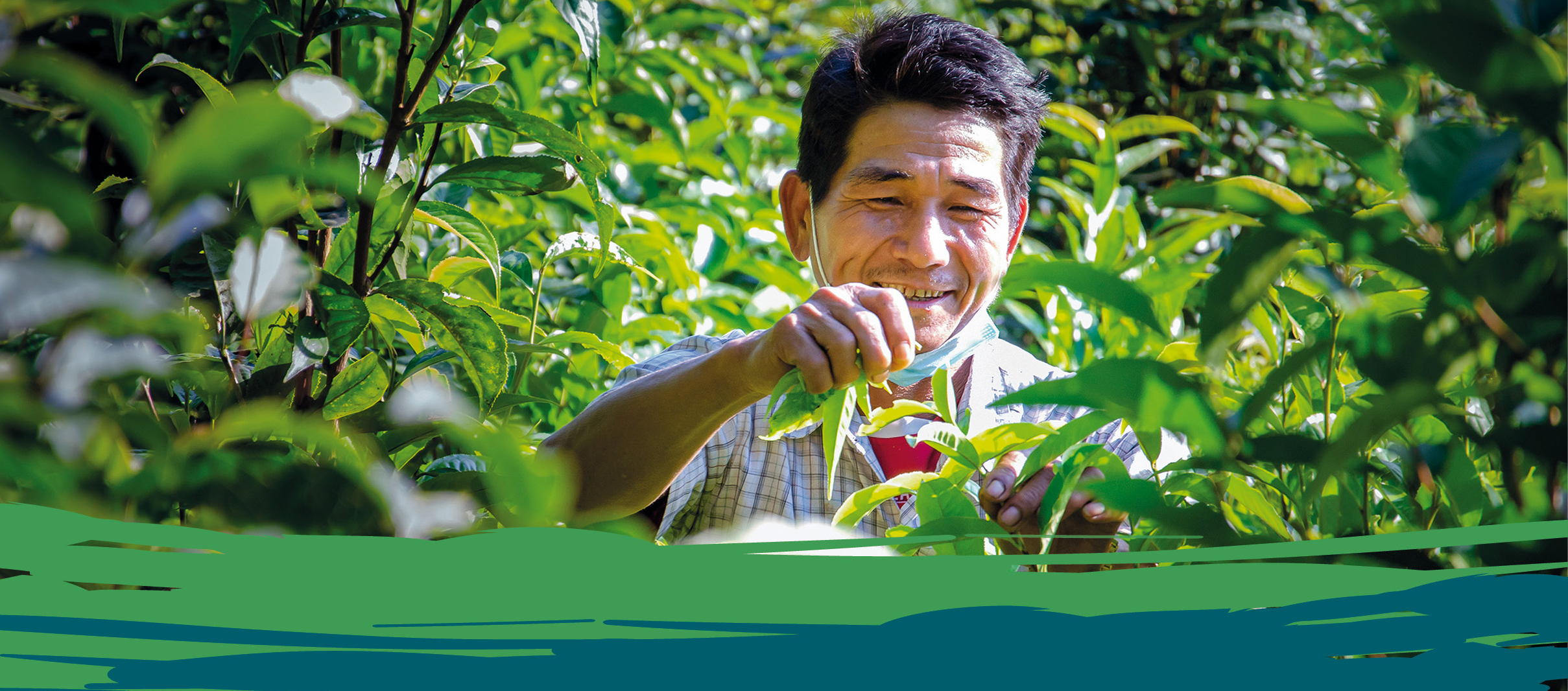In January 2019, GRET will be launching a new suburban agroforestry project in Haut-Katanga (APHK), in the Democratic Republic of Congo (DRC). This project will be funded by the European Union, to support the Kipushi agroforestry perimeter associations syndicate (Capak).
No less than ten associations are concerned by this project. The latter bring together a total of 133 farmers installed in the region. The APHK project follows on from the Afodek (in french) project (Agroforests for the development of Kipushi) conducted by GRET in partnership with Nature+ and the Centre for the promotion of farming (CPP), from 2012 to 2017.
The APHK project: multiple objectives
The APHK project aims to improve the resilience of populations to climate change through the development of sustainable value chains for food crops and charcoal produced in agroforests. This approach is designed to stabilise and promote the existing agroforestry perimeter. The provincial government is interested in the potential of this perimeter with a view to territorial development.
More specifically, this project is aimed at the institutional and technical consolidation of Capak for management and representation of the agroforestry perimeter (with strengthening of the monitoring-evaluation system and implementation of a collective learning dynamic). It will also ensure security for farmers by making the perimeter viable (land tenure, access to water, settlements) and improving their income (strengthening of technical processes and value chains).
Following on from Afodek
The miombo ecosystem (savannah woodlands), which is characteristic of Haut-Katanga, has been substantially damaged on the outskirts of the town of Lubumbashi due to charcoal production, slash-and-burn farming, urbanisation and regular fires. To meet objectives in terms of food security and the fight against deforestation, the Afodek project, funded by the European Union (3 M€), enabled the development from 2012 to 2017 of a 2,000-hectare agroforestry perimeter where families from the surrounding villages were gradually settled.
The Afodek project also supported these families to set up 12 hectares of their land, using a soil-building fallow system to restore the fertility of the land with the introduction of leguminous trees. Now, farmers are grouped together in hamlets, within which they have created associations to organise activities and manage collective infrastructures (wells, storage sheds, nurseries).
The development of agroforestry is based on adapting the taungya technical sequence (reforestation of degraded woodlands with a combination of food crops when planting) to local soil, climate and socio-economic conditions. This system of tree plantations (the main objective of which is the production of timber and wood fuel) follows on from initiatives being led in DRC for the last twenty or so years around the Acacia auriculiformis and the Acacia mangium. In the case of the Afodek project (in French), this system generated an evolution in techniques to respond to the heterogeneous nature of households’ capital. Monitoring of tree growth and ecosystemic services (carbon storage, non-timber forest products) is now conducted by the University of Lubumbashi, which is supporting Capak.






